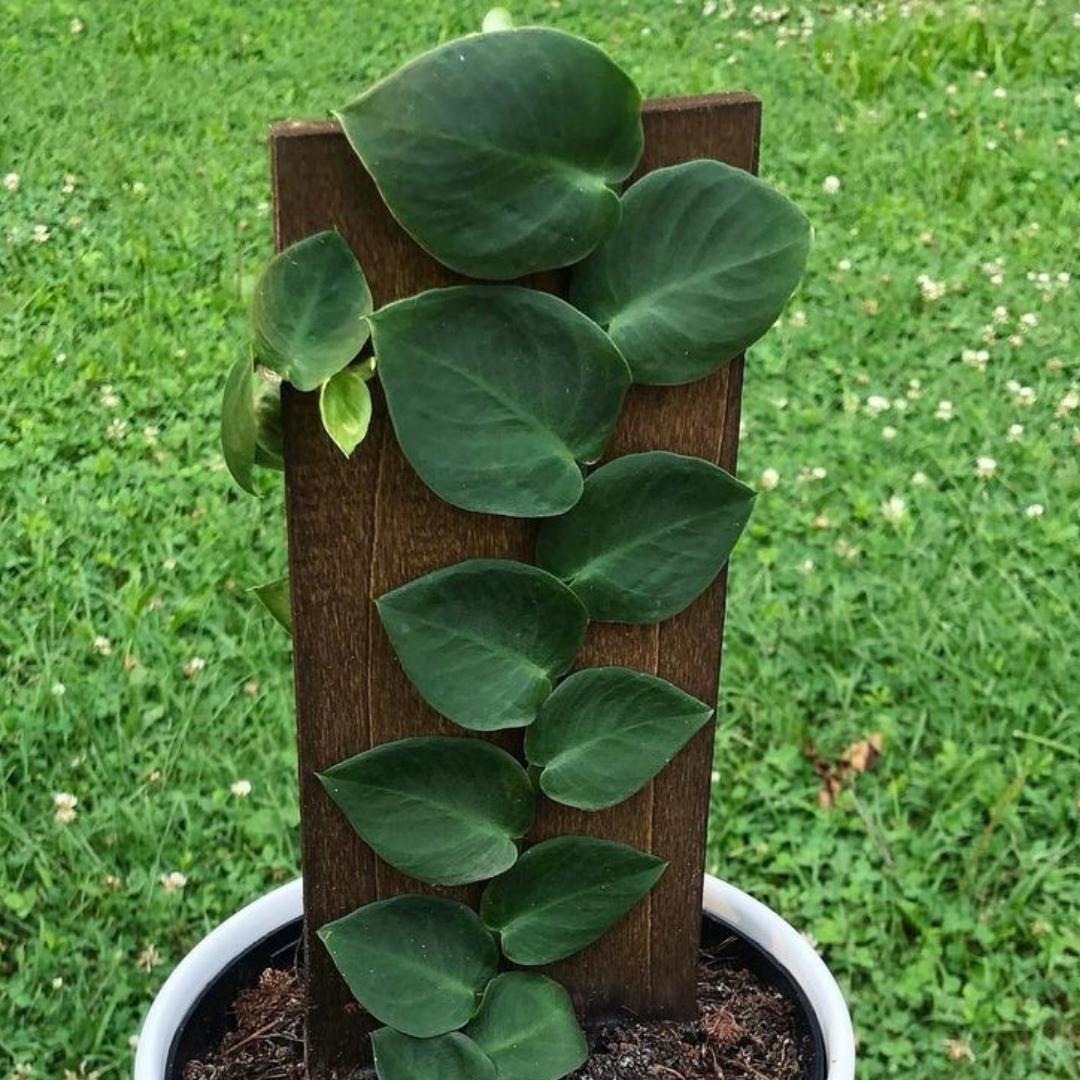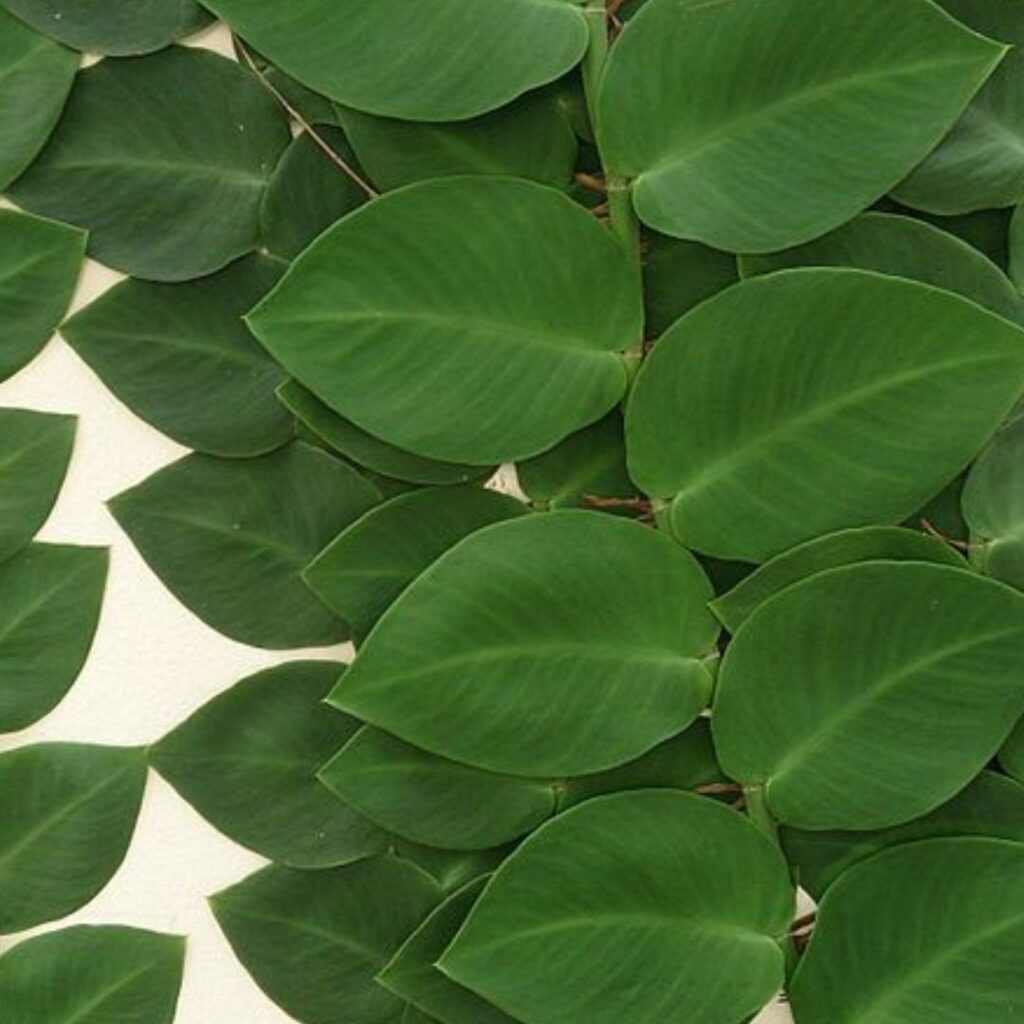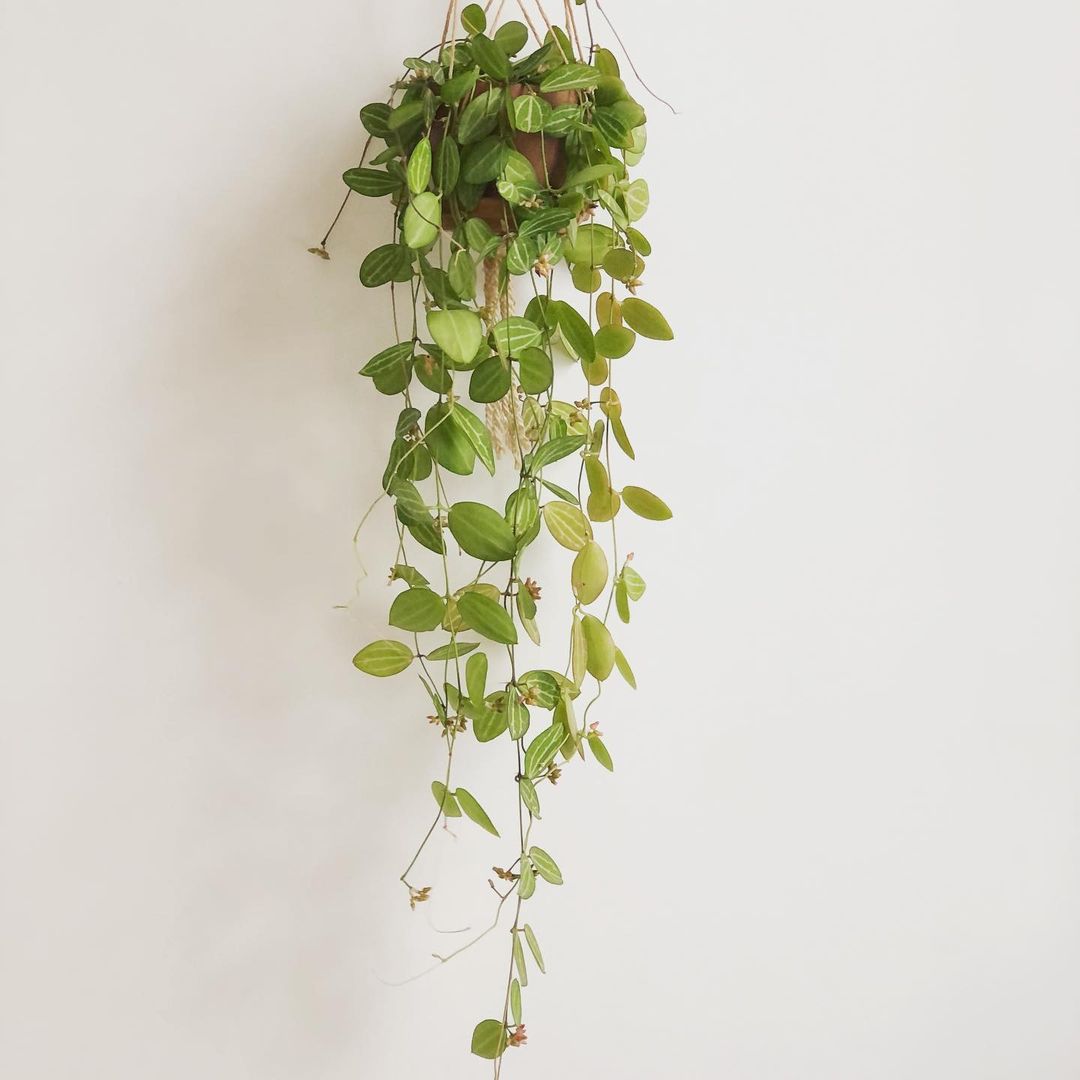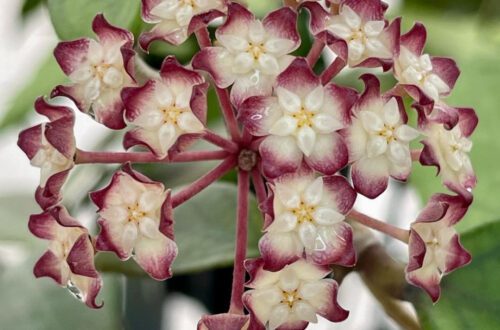
Rhaphidophora Hayi Care
We cover all you need to know about rhaphidophora hayi care and propagation…
Rhaphidophora Hayi Care Summary
| Light needs: | Medium to bright indirect sunlight. |
| Watering needs: | Check weekly and water when most of the soil has dried out. |
| Fertilizer: | A well diluted balanced feed every 3 or 4 weeks in spring and summer. |
| Soil: | A well draining soil mix of 80% potting compost and 20% perlite. |
| Humidity: | 60-70%. |
| Temperature: | 20°C-30°C (50°F-85°F). |
| Where to buy: | Try our list of Rare Plant Shops or Etsy. |
| Common issues: | Smaller leaves due to not having a climbing trellis. |
Introduction
The rhaphidophora hayi is a shingling plant, meaning it loves to climb up trees or moss poles. It has risen in popularity recently thanks to the rise in popularity of the similar monstera dubia. We run down all you need to know about this beautiful climbing plant…
See also: Rhaphidophora Tetrasperma Care.
Tip: we recommend Etsy for buying plants. Look for the best rated seller you can, and try to buy as close to your home as possible so the plant does not travel too far.
A note about affiliate links: when you buy a plant, pots, soil, or other goods through links on this article we sometimes earn a commission. It doesn’t cost you anything, but it really helps us out if you do use them. Thanks a lot! An example of this is if you buy a plant on Etsy using this link. Read our privacy policy for more information. Thanks again.
Rhaphidophora Hayi Light Needs
Medium to bright indirect sunlight is ideal. Don’t give them direct sunlight. I would put your plant where you want it to go, and if it gets leggy, just move it closer to the light if you don’t want that look.
How Often to Water
Check the plant weekly and water when most of the soil has dried out. You can use your finger or a chopstick to check the soil and make sure the top half is completely dry, or leave it another week. This way you won’t over or under water it.
Tip: do not let these plants sit in wet soil, only water them when most of the soil is dry, then tip out any water that is left in the saucer underneath to avoid root rot.
Fertilizer
Use a really well diluted balanced plant feed every 3 or 4 weeks in spring and summer. It will help to encourage growth if you feed them, but if you don’t they will still grow just fine.
Rhaphidophora Hayi Soil
A well draining soil mix of 80% potting compost and 20% perlite will aid drainage and help to prevent root rot.
When To Repot
Repot in spring if it needs it, the roots should have a bit of growing room at this time of year so the plant can grow well as it gets warmer. Be careful of the pole or wood, you can gently take the plant off it’s support and give them a new one. They should take to the new one well if tied on get that initial contact going.
Tip: give them a decent moss pole or wooden plant to climb up or they will put out runners with much smaller leaves.

Rhaphidophora Hayi Humidity
60-70% – this will be higher than the average household, at least in the drier months so make sure you mist the plant if you cannot keep the humidity high enough.
Temperature
Aim for 20°C-30°C (50°F-85°F) during the day. Aim for a minimum temperature of 12°C (54°F).
How To Propagate Rhaphidophora Hayi
Get a takeout Tupperware and fill it with moist sphagnum moss, then put node cuttings on the surface and put the lid on to maximize humidity and encourage root growth. To get the node cuttings you can get a whole branch of hayi and cut the stem between each leaf. Then make sure you push the cuttings gently down into the moss so that the nodes are touching as much of the moist sphagnum as possible.
Rhaphidophora Hayi Propagation In Water
You can grow hayi in water, they will root well, but try to give them a wall or piece of wood to shingle or climb up or the leaves will grow smaller. Take a cutting with a few nodes and strip the leaves from the bottom nodes that will root underwater. What I do is tie some string or twine around the top of a jar and then criss cross it over the top of the jar, this the leaves of the plant will not fall into the water, but the nodes can touch the water. Make sure no leaves are under the water or touching the water as they can easily rot turn the water cloudy which can then rot the rest of the cuttings.
Rhaphidophora Hayi USDA Zone
Zones 10-12.
Rhaphidophora Hayi Vs Monstera Dubia
The hayi and the monstera dubia are both shingling plants that love to climb but they have very different leaf patterns, the hayi is plain green, but the dubia has silvery green patterns on it.
Rhaphidophora Hayi Vs Korthalsii
They are similar shingling rhaphidophoras, but the korthalsii has more oval shaped leaves.
Rhaphidophora Hayi Mature
When mature they do not fenestrate like dubia, but they continue shingling (or climbing upwards).
Are They Toxic to Cats?
They are toxic to cats and dogs if eaten, they can cause irritation and vomiting. Seek vets advice if your pets consumes this plant.
Is It Rare?
They are fairly rare, they are certainly not on most plant stores sites, but they do crop up sometimess (pun intended!), keep an eye on Etsy.
Other Names
Raphi Hayi. They are sometimes incorrectly called ‘Philodendron Hayi’ or ‘Monstera Hayi’.
Where To Buy
Try our list of Rare Plant Shops. Or Etsy.
For more on rhaphidophoras see our rhaphidophora category with all our care guides.
Rhaphidophora Hayi Care FAQs and Common Problems
If the plant gets leggy and small leaves, make sure you train it to grow against a moss pole, or even a small plank of wood. They will grow smaller, sparser leaves if they don’t have a surface to grow up. Also be careful of overwatering problems like yellowing of leaves and root rot, just make sure the plant is in a well draining pot and soil and you only water it when the soil is mostly dry.
Additional Resources
Links:
- More info on the Wikipedia page.
- More info on the Kew Gardens plant Page.
Other Articles You Might Like
Hope you liked our article, you might also like these articles: Monstera Dubia, Philodendron Rio, Philodendron Spiritus Sancti, Propagating Peperomia, Philodendron Sodiroi, Scindapsus Treubii Moonlight, Philodendron Gabby, Philodendron Verrucosum, Anthurium Magnificum.
Please follow us on Instagram and Pinterest for regular plant updates and occasional plant giveaways.





